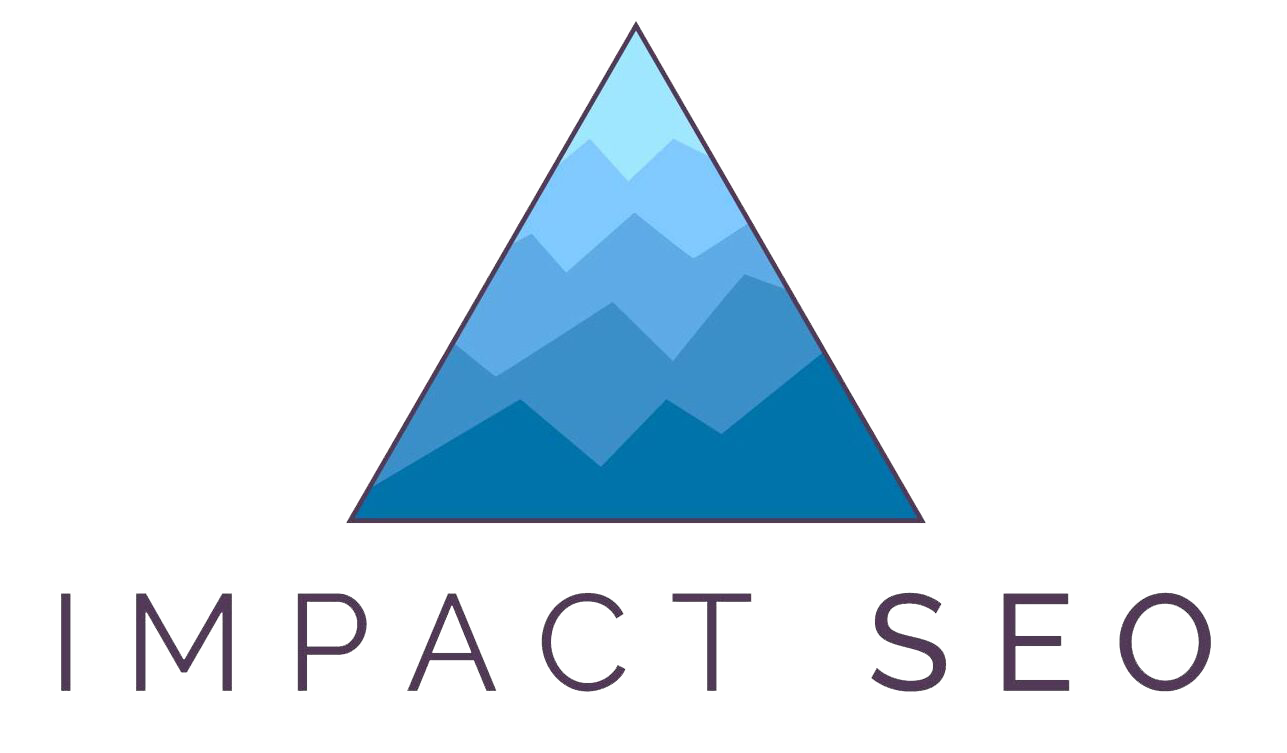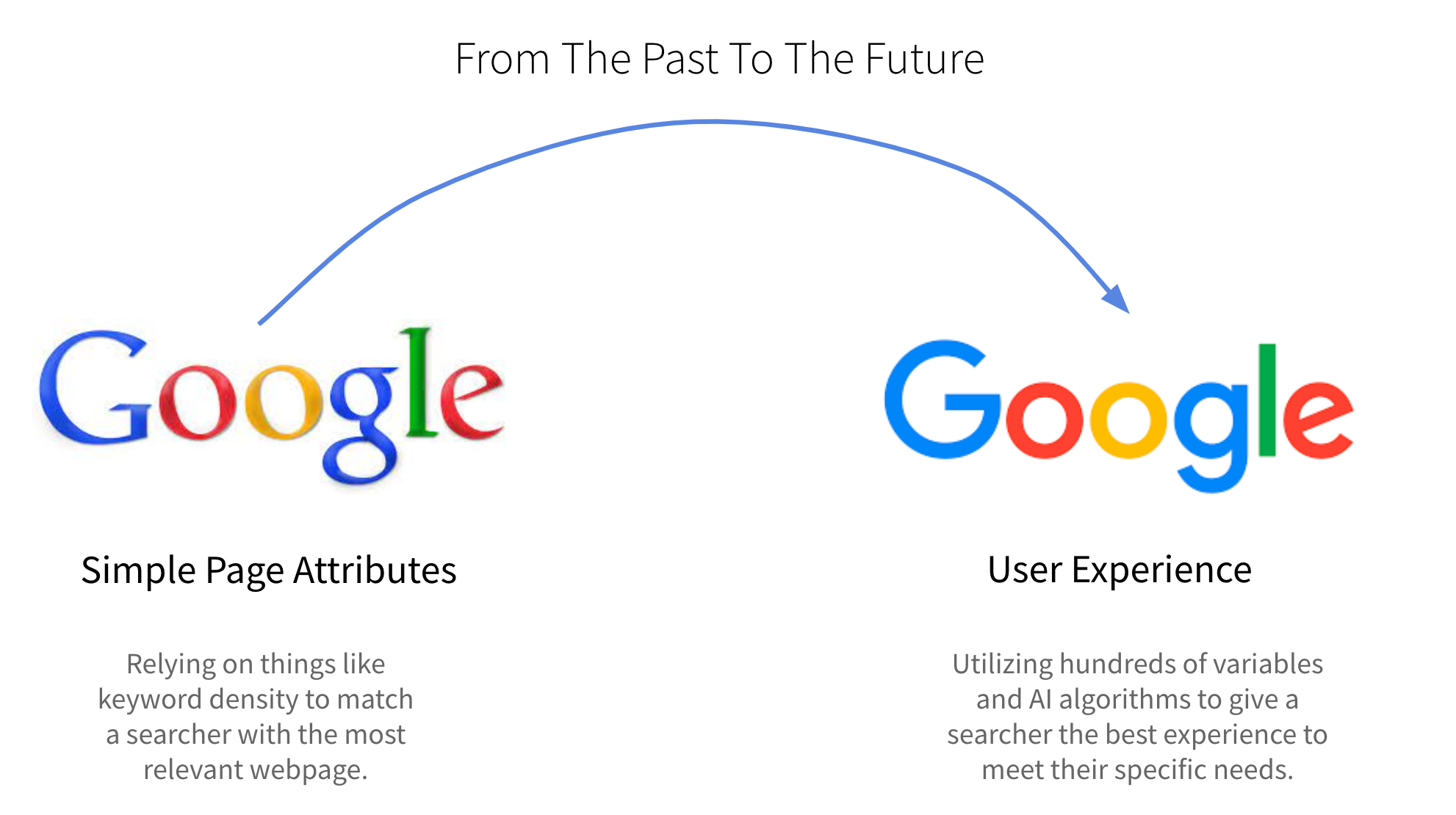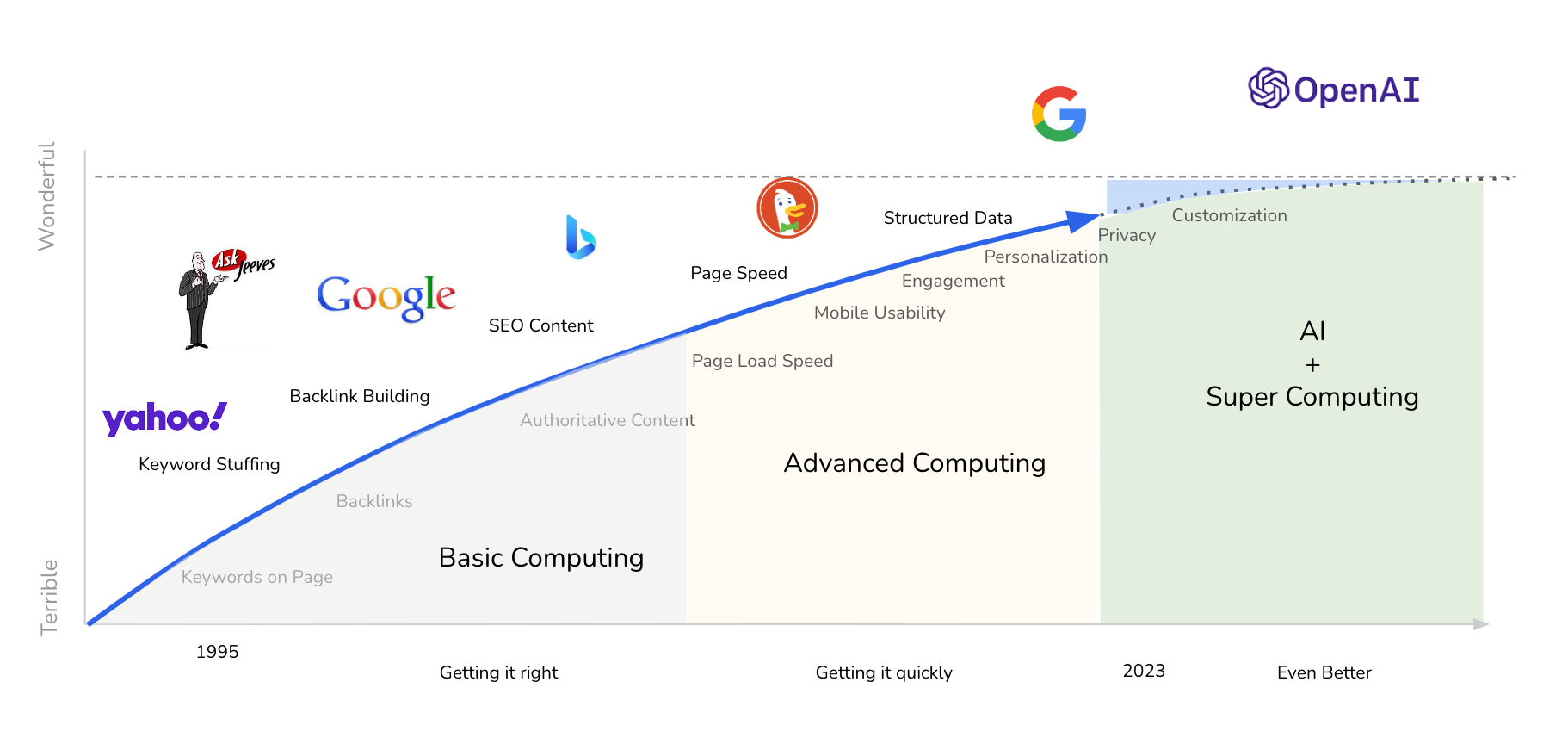This is Part 3 of a three part series on recruiting and managing volunteers so you can move up to the next level of nonprofit effectiveness and grow the impact of your organization.
Part 1: Volunteer Recruitment
Part 2: Volunteer Management
Part 3: Project Management (You Are Here)
Overwhelm is a symptom of being unorganized and not utilizing tools to simplify the management process and make it easy.
Taking a few hours now to learn how to properly manage projects can save you countless hours of headache and wasted time over the next few years.
The biggest challenge for you to solve is getting multiple people to work together.
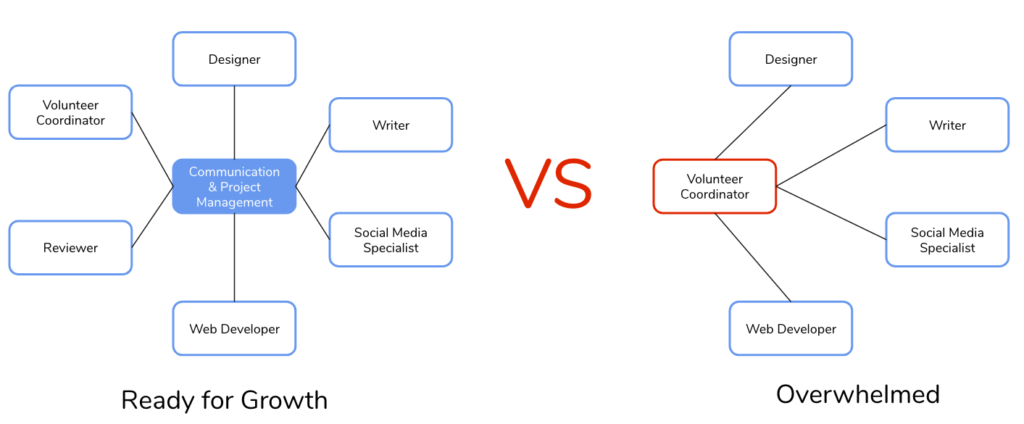
The two core components of successful project management are:
1 Coordination
As a manager and visionary, your job is to bring people together and reduce the friction of working together. Rather than meeting up at the office, you’ll have a virtual space where volunteers can collaborate. The demo at the end of this post will show you an example of a free system you can implement for coordination.
2 Communication
Your job here is to create an environment that enables clear communication. The key components of a successful project management system:
Enabling Coordination & Communication
Here’s how you can create an environment where your team works together effectively:
Open Communication
You need to set up a communication system that is immediate and transparent. A successful communication structure will allow volunteers and full-time team members:
- to connect with each other quickly when needed, and
- allow everyone on the project to see communication history.
This allows anyone new to the project or catching up to get up to speed independently. And… it doesn’t require a briefing from you.
Organization
Most projects will have multiple steps that are dependent on each other.
Projects will probably also have different people working on various steps. You’ll need to provide an environment where your team can work together to achieve a desired outcome.
Doing this through email back-and-forth is extremely inefficient. There are several tools however, that specialize exactly in this. Most of them have a free version you can utilize and don’t take long to learn.
Autonomy
Micromanagement will drive you crazy.
The ideal outcome is to have an autonomous or semi autonomous team that is getting things done the right way. They follow your vision but you do not need to be involved in the day-to-day.
Correct utilization of a project management platform will give your teammates the freedom and flexibility they deserve to work on projects without you looking over their shoulder constantly.
Your old job: managing and coordinating every piece of a project.
Your new job: fostering an environment where projects get done without you being involved in every step.
Note: You may be used to managing every small piece of every project yourself. This is especially true if you are the founder of the organization. It may feel a little bit uncomfortable to make this transition, but it is absolutely necessary if you want to move to the next growth phase for your organization.
The following pieces help you maintain quality as you scale.
Checks & Balances
Setting up key checkpoints and quality guidelines will make sure your team is executing at the quality level that your organization requires without you having to review or redo every piece along the way.
Checks and balances can include documented quality standards and dedicated reviewers. It’s important to make sure everyone working on a project shares the same expectations of what a quality outcome is.
Guidelines
Shared rules instill trust which is the basis of a functioning community. Everyone needs to be treated equally and everyone needs to follow the same set of rules.
It’s your job to set guidelines about how everyone will work together. You need to:
- Make sure everyone is clear about the team guidelines
- Make sure everyone follows the guidelines
If you don’t have a shared understanding of “how we work together”, you may create more problems than you solve.
This can be done with a required video training or a simple set of rules everyone follows.
Develop guidelines, then document them…
Documentation
Documenting standards, processes, and your growth vision helps get everyone on the same page. This includes documents you may already have such as SOPs, branding guides, etc.
In order for documentation to be effective, it needs to be clear and accessible to your entire team.
There are two levels of documentation:
High Level Documentation – this is your vision for how the team operates. It outlines what the basic operating principles for your team are and why you have them.
Project Specific Documentation – this outlines your vision for each individual project and helps guide your team to the outcome that you’d like to see. Create a project brief that sets the standards for that specific project and gives any necessary resources to your team so they can execute the project properly.
Process
Every project should follow the same or very similar process that you set in place. As you probably already guessed this process should be documented and made available to everyone (“This is how we work together on projects”).
Your process will include things such as:
- how a project is started
- who leads the project
- who reviews the project
- when a project is considered finished.
As you likely guessed, this process must be documented as an SOP – Standard Operating Procedure.
Demo of Project Management System
Expectations & Tips for Success
Define success for yourself. Before implementing these recommendations I recommend defining what success is for you and your organization.
- Getting time back. How much?
- Getting more done. What are you measuring?
If you are clear on what you want to accomplish it will be much easier for you to optimize the tools provided here to work for you.
You have to be willing to experiment. Don’t expect everything to work flawlessly right off the bat. You’ll need to see what works for your organization and make adjustments as needed.
Incorporate your team into this process. I recommend getting input from your team on each step of this process. This inclusion will help bring your team together, increase buy-in from all parties, and help to meet the needs of all team members.
Questions & Feedback
If you have any questions or comments about this guide, please let me know by reaching out to me here:
